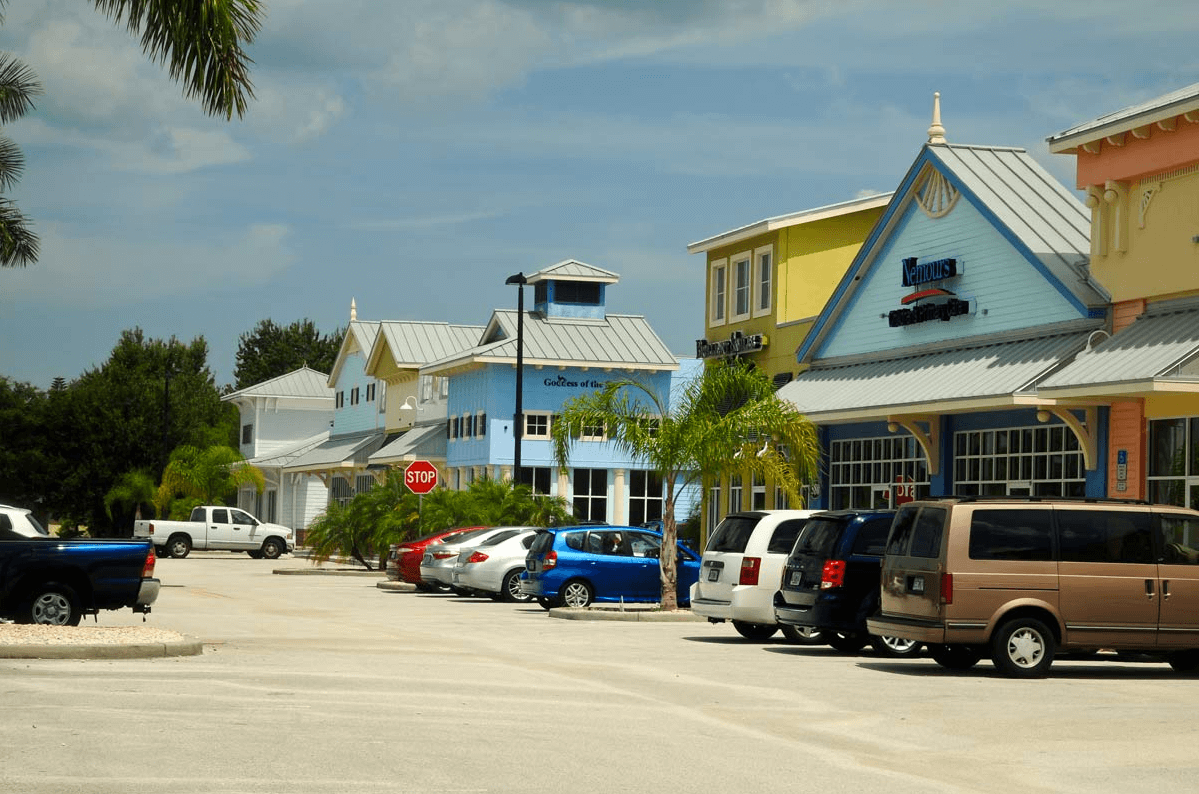
How an Attractive Retail Space Can Increase Your Business
Retailers and customers have been doing a tango of sorts for centuries. Individual interior layouts vary, but there are a few common design strategies that have been proven time and again to generate retail sales. Shelf placement, merchandise outposts, and checkout areas work together to meet customers’ needs, but functionality is not all it takes to increase sales. Each retailer chooses the details that make them stand out from the competition, from colors and materials used in the design to jaw-dropping window displays, architectural elements, and signage that inspires.
Set the Stage
What is the goal or mission of your business? Use that to your advantage. Create an atmosphere that will play to your target audience. If you sell primitive decor, designing a space to feel like a country cabin is genius. Discount retailers may opt for stark lighting and minimalist design, like exposed beam ceilings. A running shoe store may inspire shoppers with a mini-track that does double-duty as a traffic-flow guide and a space to test out running shoes. Retailers must take into consideration how the physical space will be used so the experts at MH Williams can provide exactly what is needed to set the stage.
Eye-Pleasing Placement
Designing an attractive retail space is not a one-size fits all project. Know your customer base so you can implement details that will draw them in and keep them interested long enough to make those sales.
Enter Through the Threshold
This is the area in which first impressions are made. A transition from the outside world to inside your store happens in the first five to fifteen feet, depending on store size. Customers evaluate the quality and professionalism of your space. Details like how well lighting and colors work together or how well fixtures and displays coordinate can sway peoples’ opinions of your business. As customers travel through this “decompression zone,” they often miss signage and products displayed there.
Take a Right
When studies show 90 percent of consumers veer right and travel counter-clockwise around a store, you use that to your advantage. Turn the first wall customers see into a true “power wall.” This is the space in which you want to create a stellar first impression, so pay attention how you display what you display.
Follow the Path
One way retailers keep people moving through their stores is by creating a path. Now, this path cannot usher customers through too fast, or you will lose out on sales. Merchandise outposts and special signage are used as speed bumps to break up the visual landscape to slow customers down long enough to stop, look, and buy. These speed bumps should be changed regularly so returning customers experience the attraction of novelty along with new customers.
Look Around
Consumer psychology is your friend when it comes to product placement. Think eye-level when it comes to placing high-demand products. Products that are easier to grab will boost profitability when at the right height to catch the attention of the proper influencer. While a child may not be the one spending money, they influence how much is spent. It is wise to place those high-demand products at the level of those most likely to influence sales.
Wrap It Up
Spend time to design your checkout area to help boost sales. Emotional impulse purchases impact your bottom line, so take advantage of the checkout as a way to add to, and wrap-up, in-store purchases. Use the space behind the counter to engage customers and create intrigue, which will ultimately boost long-term sales. If your counter is large enough for customers to place their personal items, they are more likely to explore nearby displays. Stock items nearby that are popular and easily picked up on impulse.
Attractive retail spaces increase business and improve your bottom line. MH Williams has a team of experts that can help create a fresh, inviting space for your customers. It is vital that you continue to evolve as your market changes. When people are comfortable in a retail space, they will shop longer. Of course, the longer you keep the attention of your visitors, the more likely they are to become loyal customers.